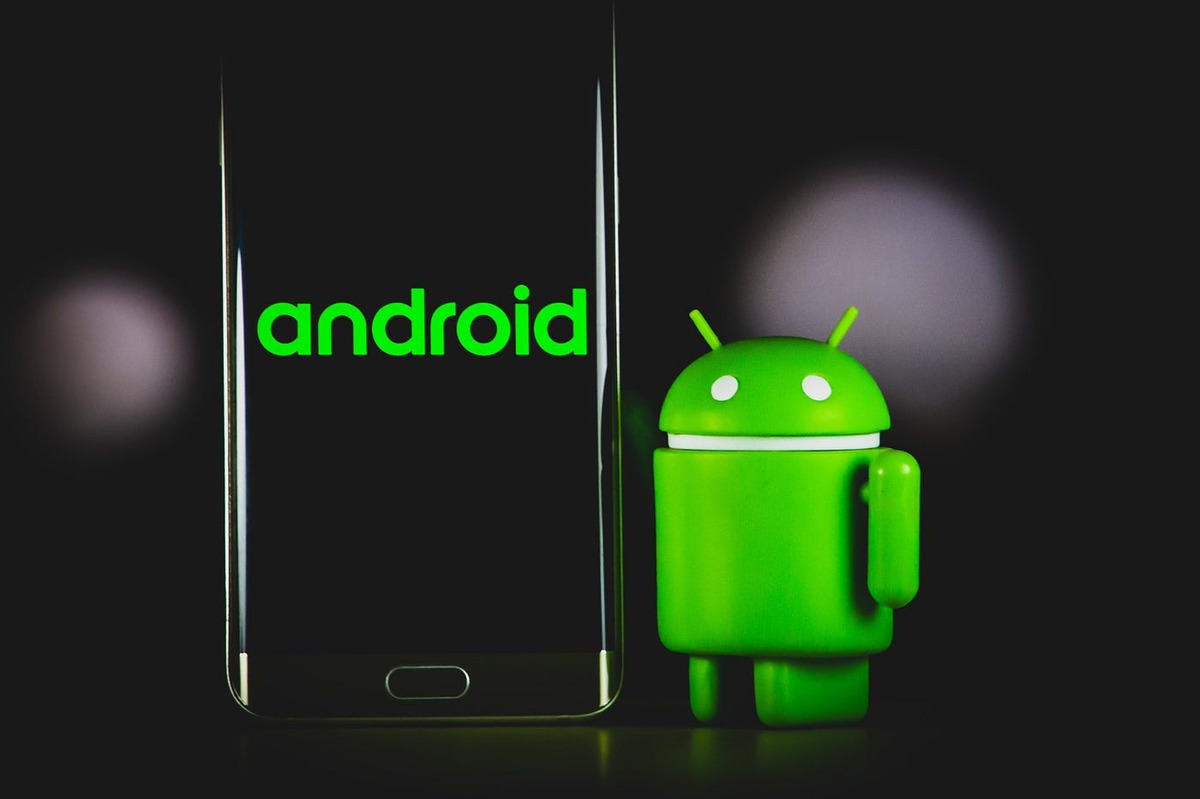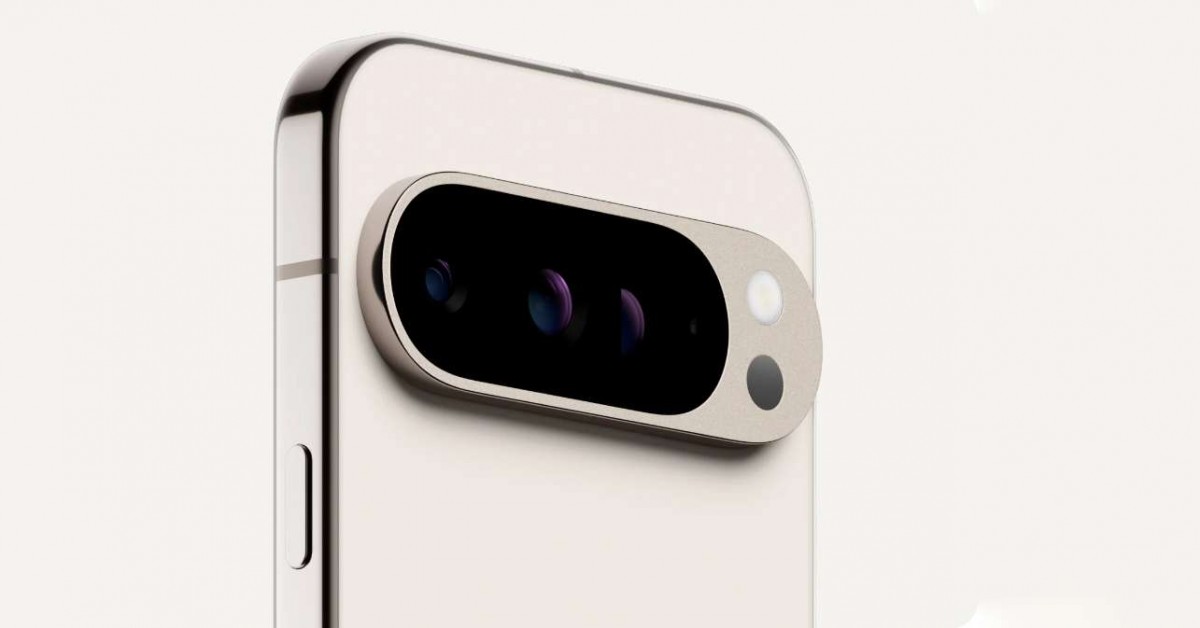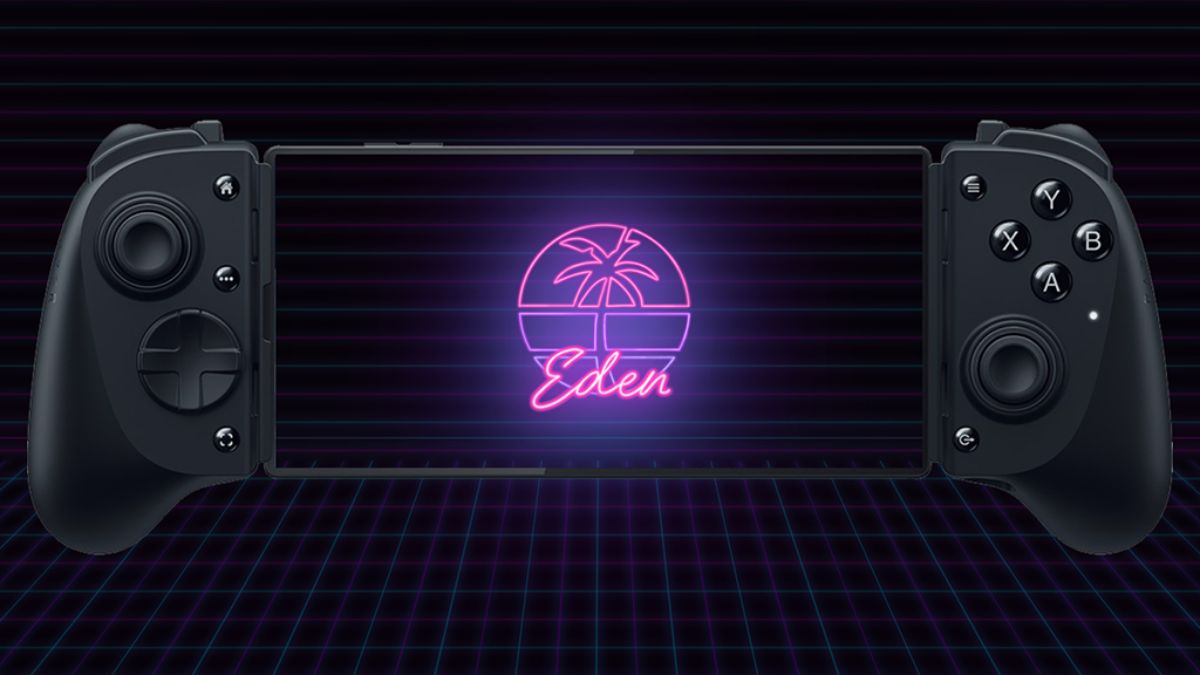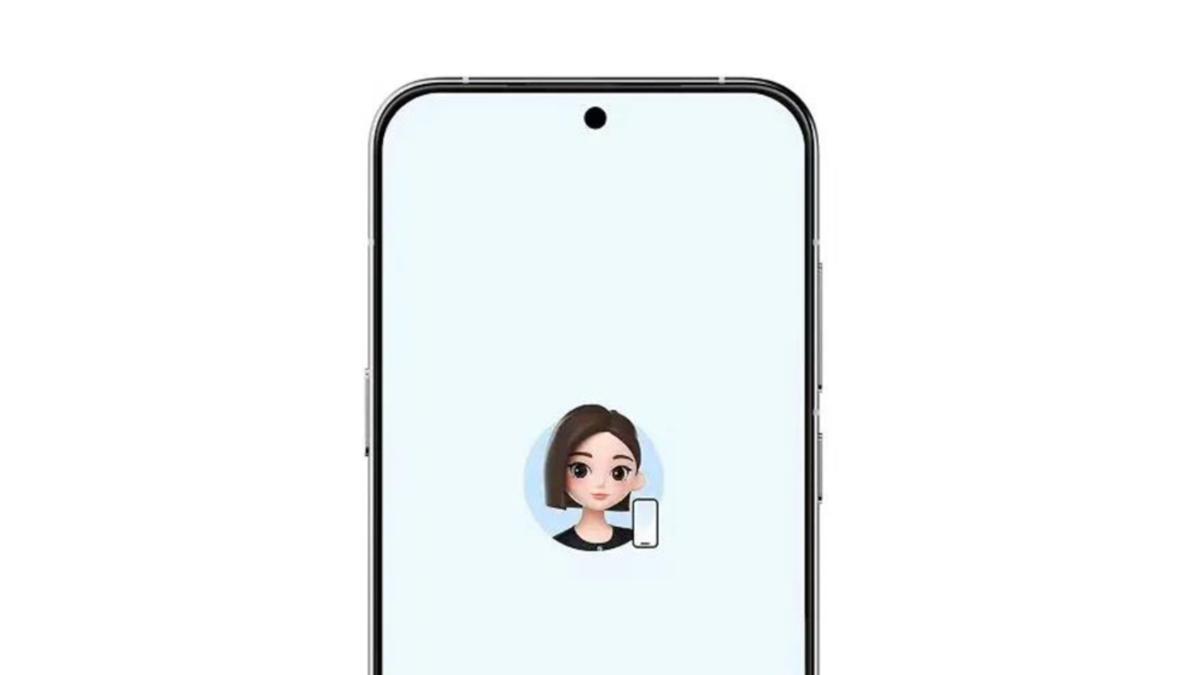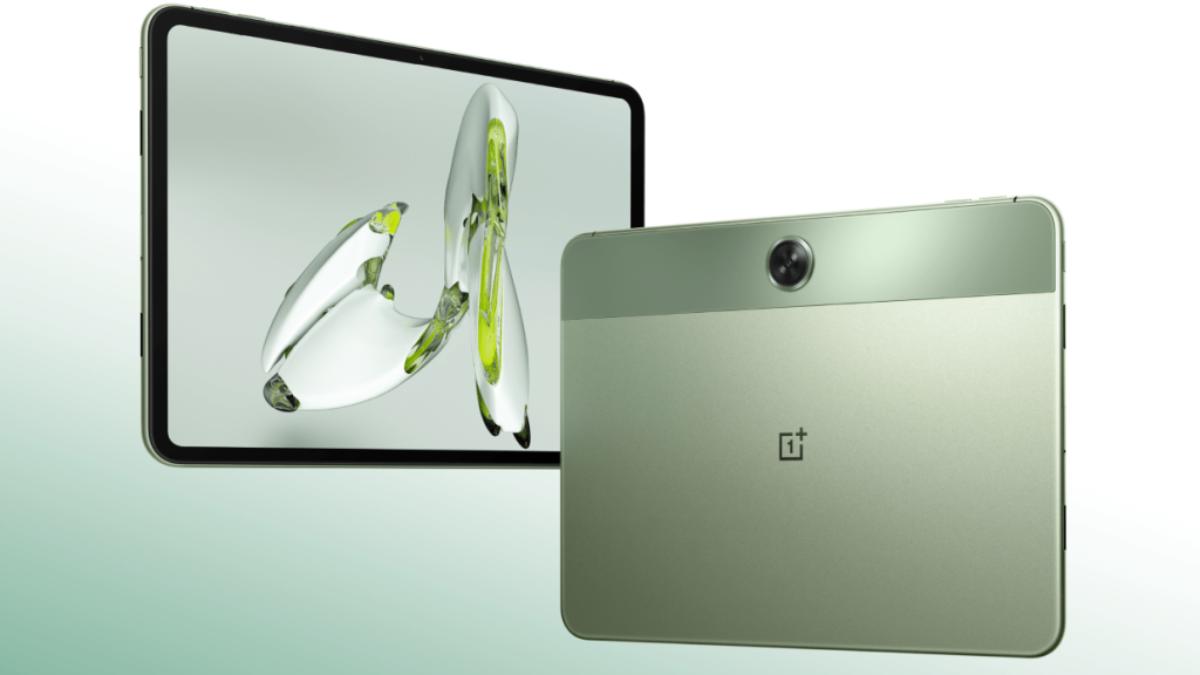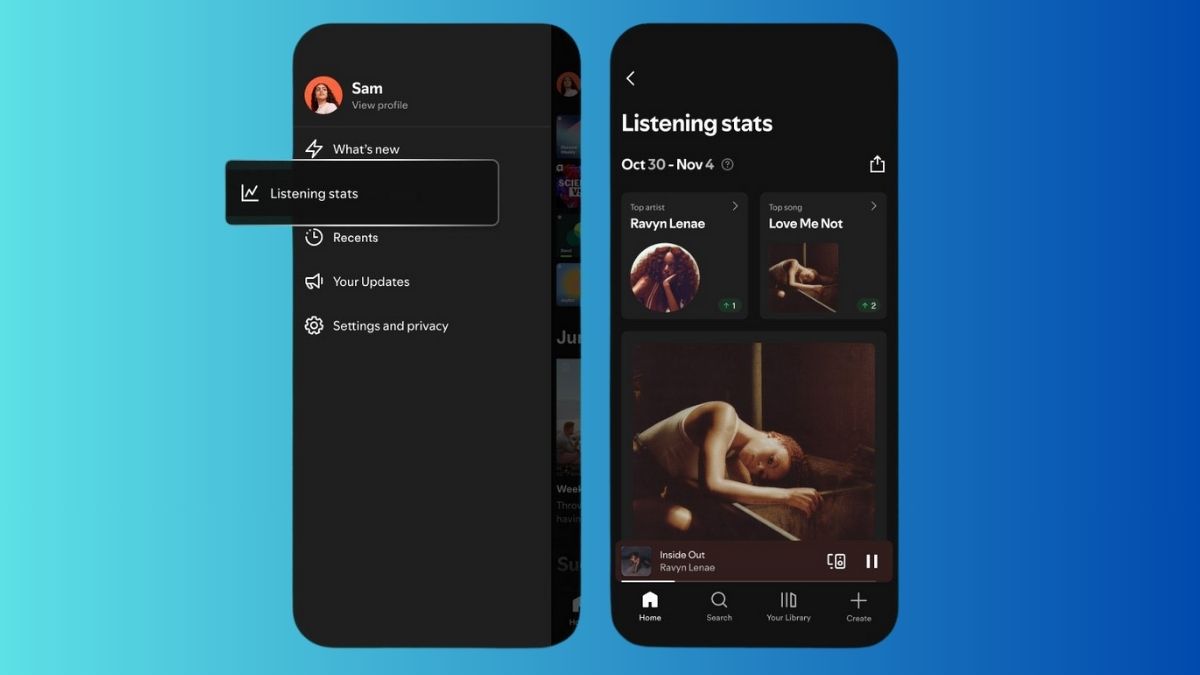Android updates promise new features, better design, and tighter security — but they often come with unexpected problems too. Despite testing, many updates still include bugs that affect everyday use.
1. Older Apps May Stop Working
Many older apps and games, like the original Angry Birds, are no longer supported on modern Android devices. Developers may stop updating apps, making them incompatible with newer phones. Even if you have the APK file, you may face installation errors.
2. Apps and Widgets Can Break
After updates, widgets may stop refreshing, apps may reset, or features like lock screen controls may change. For example, the Digital Wellbeing widget and Spotify lock screen controls got worse with One UI 7. Some apps, like AccuBattery, may require manual setup again.
3. Battery Drain Is a Common Issue
Battery problems are frequently reported after major updates. With One UI 7, many Galaxy users saw reduced battery life. In May 2025, Pixel users reported similar issues, though Google blamed the Instagram app, not the Android update itself.
4. App Displays May Look Wrong
New Android versions may break the design of older apps. Text can be misaligned, buttons misplaced, or screens cluttered. Developers must handle different screen types, sizes, and features — a tough task even for experienced teams.
5. App Settings May Reset
After a big update, apps might log you out, forget your settings, or ask for new permissions. These changes are often security-related but can be frustrating and time-consuming to fix.
The Bigger Issue
Android updates aren’t bad, but bad updates are a growing concern. More brands now promise 7–8 years of software support, but without proper testing, longer support means little. Users need stable, reliable updates — not surprises.

